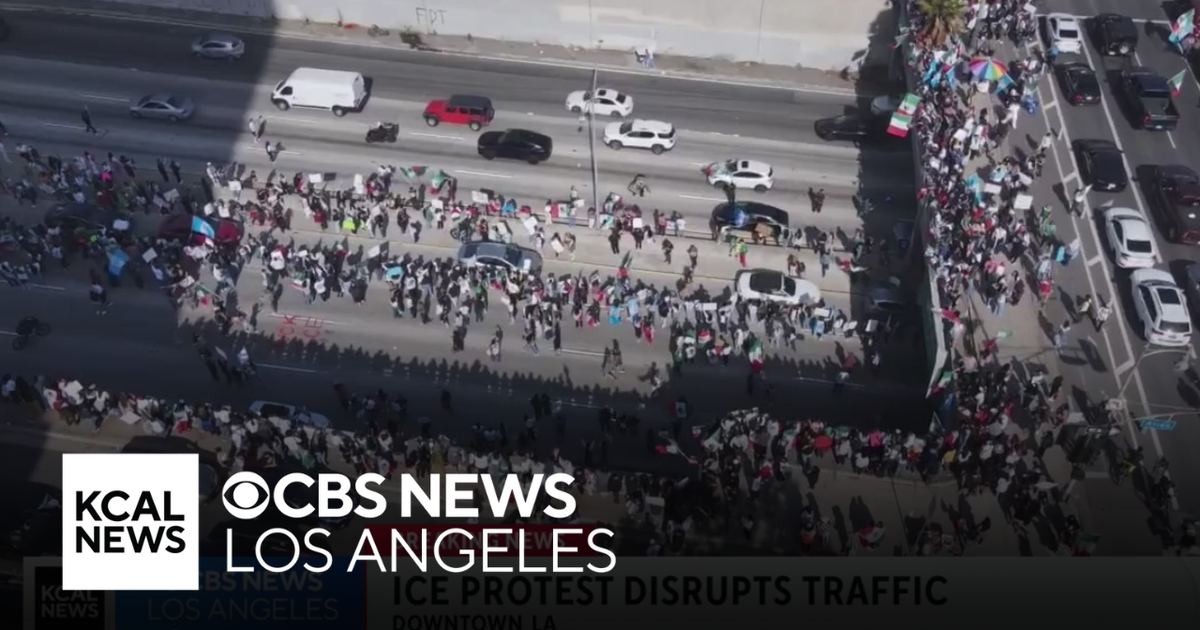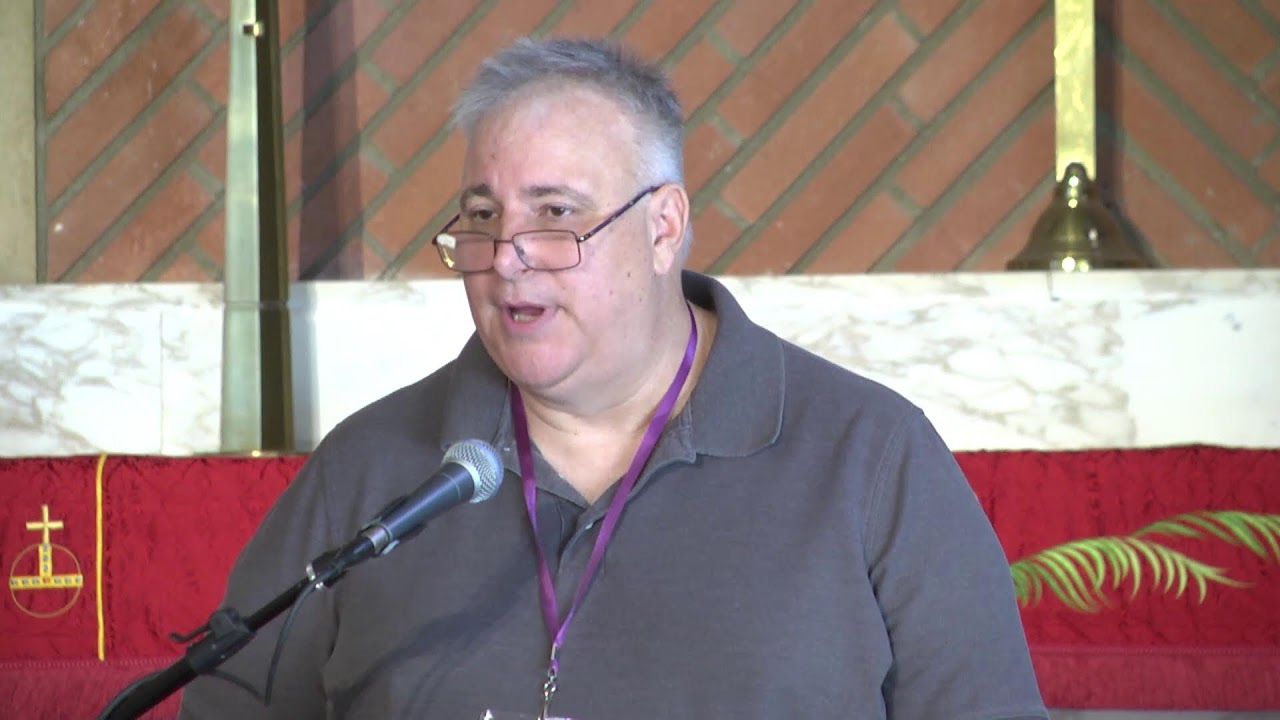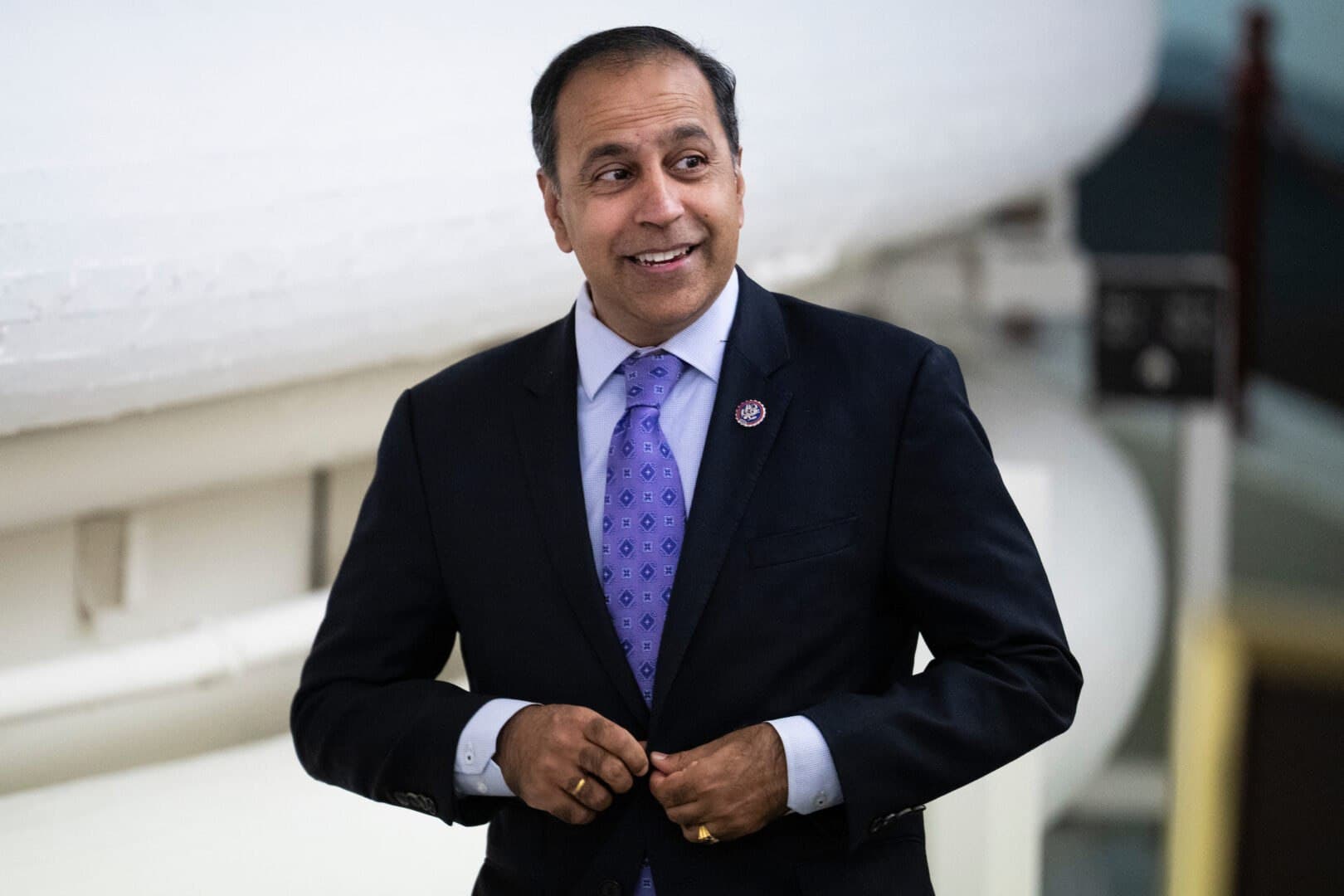Los Angeles houses of worship are transforming into bastions of resistance against oppressive immigration policies as the Trump administration revokes protections for sanctuaries. More than just spiritual havens, these churches are now implementing contingency plans to shield vulnerable immigrant communities from the looming threat of ICE raids.
Churches Take a Stand Against Government Overreach
Pastor Caleb Crainer of St. Andrew"s Lutheran Church exemplifies this proactive approach. His congregation has established a comprehensive response plan, encapsulated in bright pink folders strategically placed around the church. These binders contain vital information on rights, legal resources, and steps to take if immigration enforcement shows up at their doors. "As a church, you need to know where your public spaces are and where your private spaces are," Crainer asserts, highlighting the nuances of the law that can protect those seeking refuge.
Community Solidarity Grows Amid Heightened Fear
Across Los Angeles, a collective effort is underway. Congregations are distributing bilingual "know your rights" brochures and organizing training sessions on how to respond to potential ICE encounters. The advocacy group Clergy and Laity United for Economic Justice is mobilizing religious leaders to stand in solidarity with the most vulnerable. Jennifer Gutierrez, the group’s executive director, notes that the urgency of their mission has only intensified as arrests rise sharply in the region. "We’ve been spending a lot of time in the streets," Gutierrez states, emphasizing the critical role of clergy in demonstrating support for immigrant rights.

Police declare unlawful assembly as thousands converge on downtown LA for anti-ICE protests
Faith Leaders Push Back Against Raids
The recent months have seen religious leaders stepping up their activism, engaging in public demonstrations and vigils. In a show of solidarity, some Catholic congregations have even shifted services online to accommodate members who fear being detained. The local Catholic bishop of San Bernardino issued a special dispensation for those afraid to attend Mass due to fears of ICE enforcement. This highlights the dire situation where faith leaders are compelled to adapt their practices to ensure safety for their congregants.
Historical Context of Churches as Sanctuaries
For centuries, houses of worship have served as sanctuaries for those in need, providing refuge against oppressive forces. This historical context underpins the current sanctuary movement, where churches are not merely places of worship but critical safe havens for marginalized individuals. According to NPR, this trend has only accelerated in recent years as immigrant communities face increased scrutiny and enforcement actions.

Synod Assembly 2024 | Southwest California Synod, ELCA ...
Legal Implications and Risks for Religious Institutions
The shift in federal policy raises significant legal questions regarding the balance between immigration enforcement and religious freedom. A federal judge has sided with the Trump administration’s stance, allowing ICE to conduct operations in churches despite the historical precedent of protecting these spaces. As reported by MTSU, this ruling puts religious institutions in a precarious position, forcing them to navigate the legal landscape while remaining committed to their moral and ethical obligations to protect the vulnerable.
As Pastor Crainer reflects on these challenges, he draws parallels between the current situation and the early church"s struggles against persecution. "Jesus was a vulnerable person who created a lot of enemies among the rich and powerful," he asserts, reminding us that the fight for justice and compassion is deeply rooted in faith.

![[Video] Trump suggests U.S. asylum process will be paused for a long time](/_next/image?url=%2Fapi%2Fimage%2Fthumbnails%2Fthumbnail-1764541860292-f1xogn-thumbnail.jpg&w=3840&q=75)






